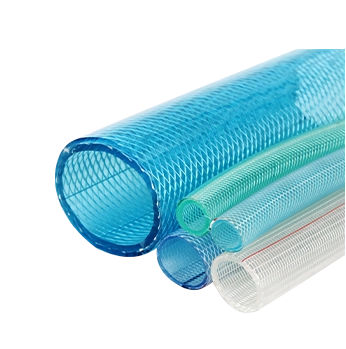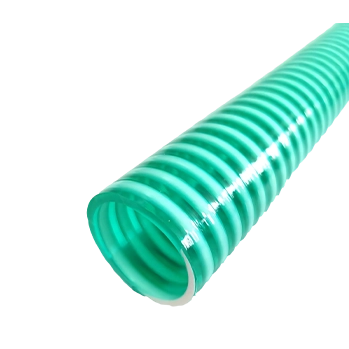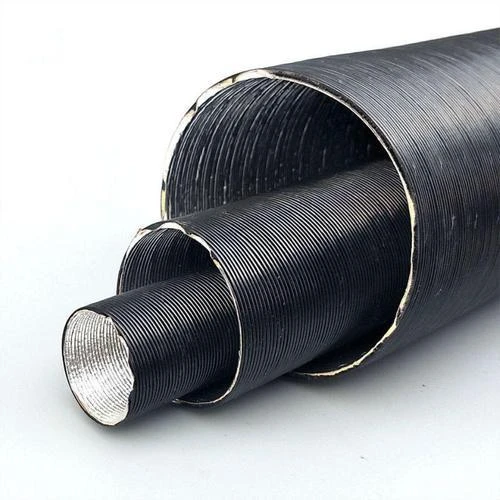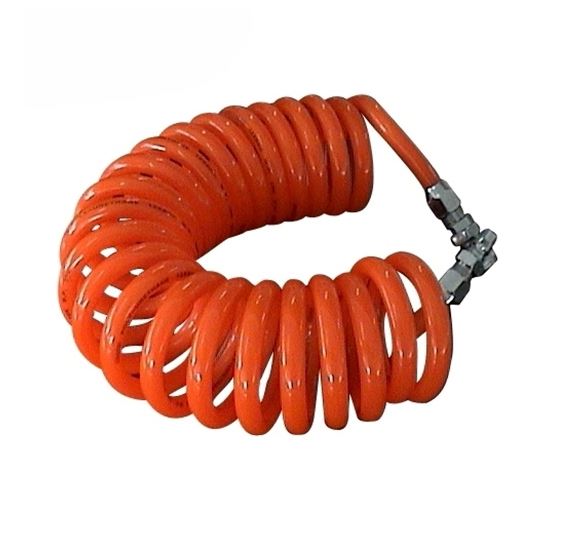Innovative Solutions for Durable and Flexible Layflat Hoses in Various Applications
Understanding Layflat Hoses Versatile Solutions for Fluid Transfer
Layflat hoses are an essential component in various industries, particularly in agriculture, construction, and firefighting. These hoses are designed to transport fluids efficiently and are characterized by their flat design when not in use, which makes storage and handling much more manageable compared to traditional hoses.
One of the most significant advantages of layflat hoses is their lightweight and flexible construction. Typically made from durable materials such as PVC or rubber, these hoses can be easily rolled up and stored in limited space, making them ideal for situations where portability is crucial. Their flat design minimizes the volume they occupy, facilitating easier transportation, whether for agricultural irrigation systems or emergency firefighting efforts.
Layflat hoses are also known for their high burst pressure ratings, which means they can handle substantial fluid pressure without risking failure. This feature is particularly important in applications where added strength and durability are necessary, such as transferring water from pumps to irrigation systems or moving liquids in industrial settings. Manufacturers strive to produce hoses that can withstand harsh conditions, ensuring a longer lifespan and reduced frequency of replacement, which can save time and costs for businesses.
layflat hoses
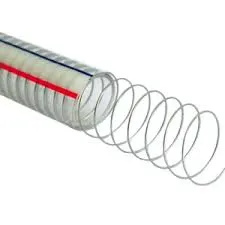
In agriculture, layflat hoses have become popular due to their effectiveness in irrigating large areas. They can be laid flat on fields, allowing water to evenly distribute without the need for cumbersome piping systems. The flexibility of these hoses means farmers can quickly adapt or alter their irrigation layouts based on seasonal needs or changing crops. Additionally, during rain or flooding, layflat hoses can be deployed to drain excess water from fields, preventing crop damage.
In the construction industry, layflat hoses play a crucial role in transferring water for various operations, including dust control and site cleanup. Their ease of deployment and quick connection to pumps makes them indispensable on job sites. Firefighters also utilize layflat hoses to deliver water from hydrants or nearby water sources to fight fires effectively. Their ability to connect quickly and withstand high-pressure flows makes them vital for emergency responses.
Furthermore, the use of layflat hoses is expanding into other applications, such as wastewater management, aquaculture, and even landscaping. As technology advances, innovations in hose materials and designs will continue to enhance their performance, making layflat hoses an even more attractive option for fluid transfer needs.
In summary, layflat hoses are remarkable tools that enhance efficiency and convenience in fluid transportation across multiple industries. Their flexibility, durability, and ease of storage make them a preferred choice for professionals needing reliable hose solutions. As industries evolve, the significance of layflat hoses will undoubtedly grow, cementing their role in modern fluid management practices.
-
Welded Wire Mesh Panel: Durable, Versatile, and AffordableNewsJul.28,2025
-
Top Quality Oxy Acetylene Hoses for Sale Fit for Welding DemandsNewsJul.28,2025
-
The Future of Pneumatic Air Tubes in IndustryNewsJul.28,2025
-
Superior and Reliable LPG Hose Pipe Solutions for Every NeedNewsJul.28,2025
-
Exceptionally Durable and Versatile Premium Braided PVC TubingNewsJul.28,2025
-
Best Adapters for Connecting Garden Hose to PVC Pipe ConnectionsNewsJul.28,2025



